Shaman symbols illustrate a deep and rich spiritual language, encompassing various traditions and cultures. How many symbols are there? Well, there’s a lot to unpack here.
It’s not 10, 20, or even 100 – because it varies from culture to culture.
Studying shamanism takes you down an endless journey of symbolism and meaning.
Some symbols are straightforward and self-explanatory – like animal shapes.
Others take on more abstract forms and can be challenging to translate.
That’s why we’re here to help expand and enrich your mind with new knowledge.
Here’s everything you need to know about shaman symbols – and more.
What Are Shaman Symbols?
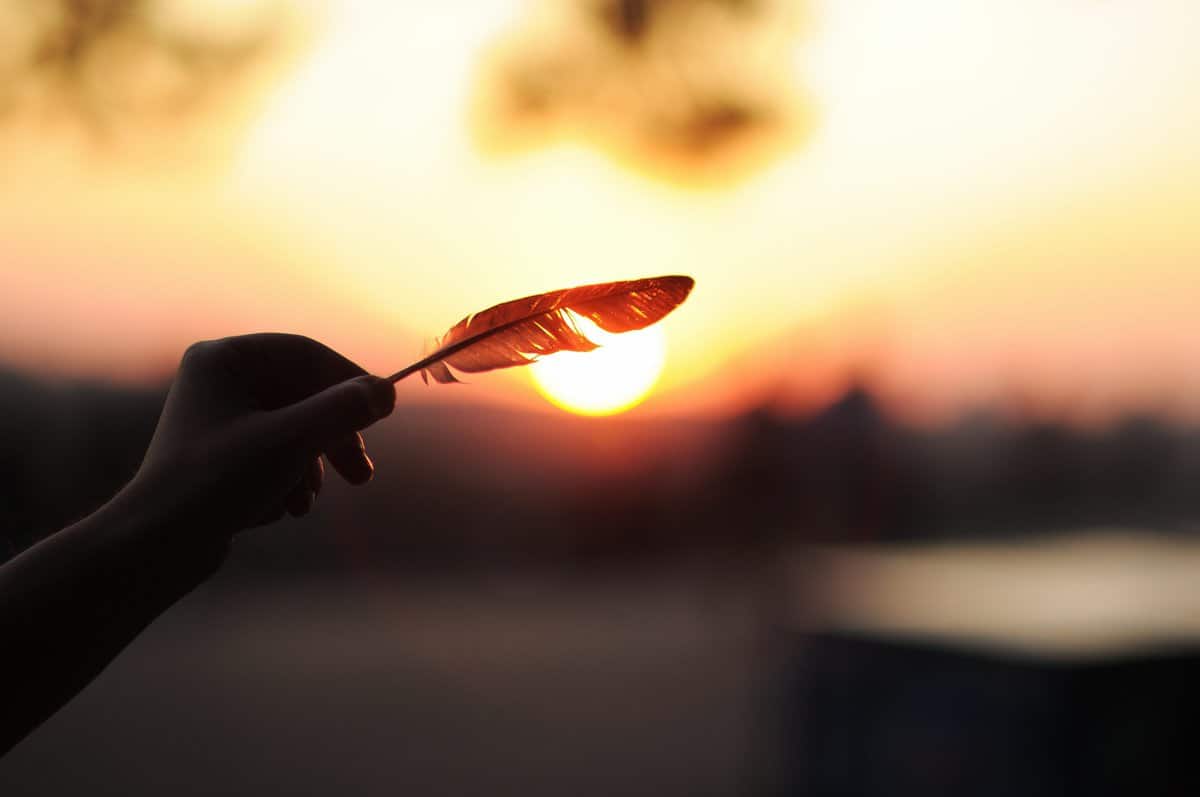
Shamans use symbols to help you thrive and succeed in your journey.
But what are they, exactly? And how do they help you transcend the material realm?
There are many examples of shaman symbols – and we’ll get into that later. For now, it’s crucial to know that shaman symbols and their meanings can greatly affect your path.
Uncovering their true meaning is impossible if you don’t know what they represent.
However, most symbols are used to enhance shamanic rituals and practices.
But it’s not just visual stimuli. Symbols have an energy of their own. And each symbol conveys a unique power. One that you can tap into, unravel, and use to fuel your growth.
Using them during spiritual practices can reveal answers otherwise unobtainable.
With their help, you can transcend earthly limitations and find your true inner self.
What kind of symbols are there, though?
The most common and recognizable shaman symbols depict animals and plants.
However, there are also more abstract patterns that can be more challenging to decipher.
Every shaman knows what symbols to use – and what kind of energies, vibrations, and frequencies they convey. The right ones can make a world of difference in a ceremony.
Symbols can be arranged and combined in different ways to produce unique effects.
For a shaman, this might as well be a lifelong journey of learning and discovery.
Every new symbol expands their wisdom and teaches a new way to transcend reality.
That being said, symbols vary across cultures – and their interpretations vary, too.
Two different cultures can depict the same symbol but have contrasting meanings.
Therefore, learning how different cultures communicate through symbols is crucial.
It’s an ever-evolving language through which shamans can traverse the two planes.
How Many Shaman Symbols Are There?

Even if we tried to compile a list of all shamanic symbols, we would probably still miss the mark. There’s just too many of them. They vary from one shamanic culture to the next.
For example, feathers are symbols of healing in certain cultures.
But if you examine a different culture – you may find the symbol of a spiral.
And when you start unraveling the world of shamanism, you discover numerous symbols pointing to different aspects of healing, which adds yet another layer of complexion.
So, examining a symbol demands understanding its context. And that’s easier said than done. Some symbols have changed meanings over time and morphed into something else.
All of this reflects changes in cultural beliefs and the teachings of shamans.
With that being said, there’s one thing that links them all together.
And that’s their power and energy.
Every symbol has its spiritual properties – its meaning.
A shaman can draw or paint a symbol, but their power is so great that they can appear in dreams and visions, especially during a trancelike state achieved during a shamanic ritual.
The true richness of symbols lies in the oneness that connects them.
You can’t understand a sentence by translating one word. In the same way, you can’t understand symbols until you’ve expanded your knowledge and dived into this world.
What Are Shaman Symbols Used For?
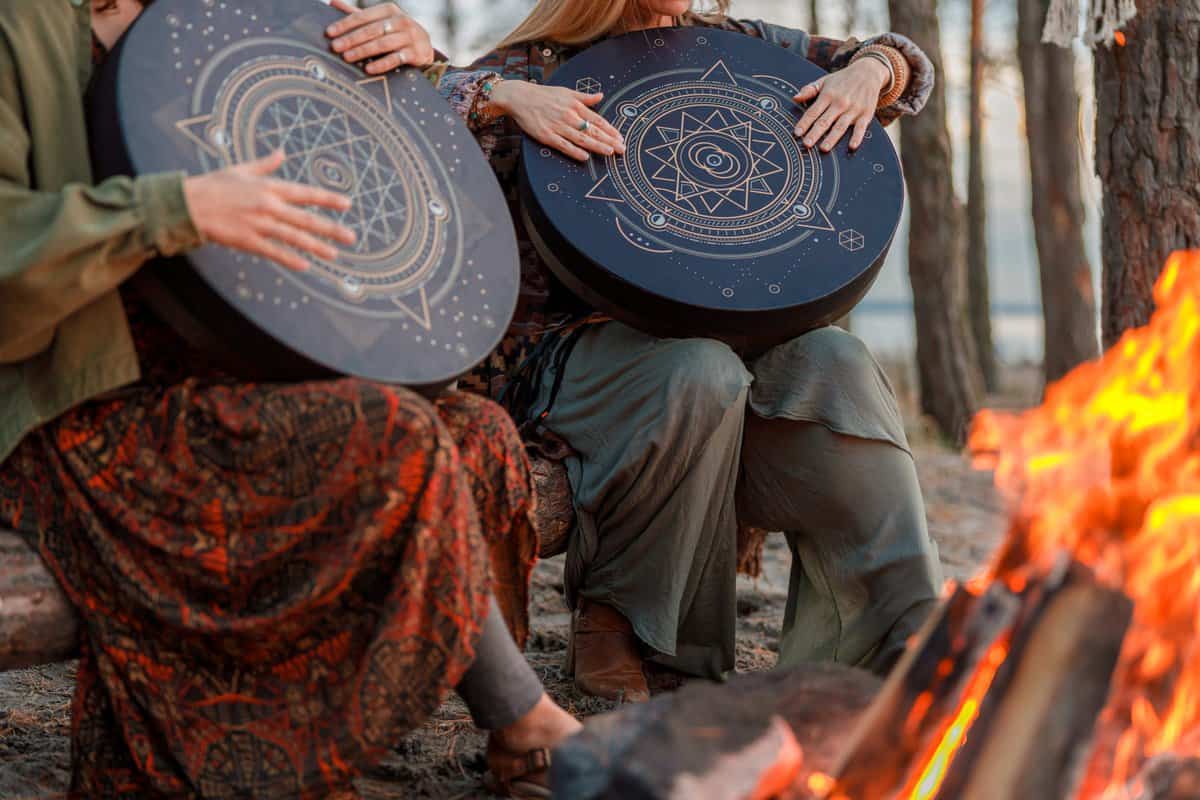
Shamans use the language of symbols for many purposes, the most common being creating a connection with the spirit world by thinning the veil and making it accessible.
Using symbols creates an energy path for healing and wisdom to flow.
Even being in the presence of such symbols feels eye-opening.
A shaman can tap into the unseen world and harness crucial guidance with symbols.
In more ways than one, their purpose is similar to shamanic stones.
Shamans often use the vibrations of symbols during healing rituals, invoking energies otherwise unreachable. A symbol can restore balance and nourish health and well-being.
What symbols do they use? Well, it varies from culture to culture.
Like stones and crystals, symbols can be utilized for protective purposes, creating a barrier against negative energy, warding off evil spirits, and ensuring a safe environment.
Shamans often paint or draw a symbol onto a stone to maximize energy output.
Symbols are also integral to shamanic rites, initiations, and ceremonies.
You may see them represented in many cultures during the 7 stages of shamanic initiation.
But where can you find them, precisely? Well, it depends.
Some shamans prefer to adorn and enrich their instruments, like drums, with symbolism.
Others paint over their masks and costumes, enhancing their spiritual properties.
During trancelike, mind-elevating rituals, a symbol can be potent in ensuring a safe journey to the other side, maintaining balance throughout the soul-enriching experience.
More than that, symbols are a sign of curiosity and understanding.
Through them, we perceive, interpret, and harness the power of nature.
And with their help, each spiritual journey is taken to a higher level.
10 Shaman Symbols and Their Meanings

A shamanic symbol can depict many things, from natural to abstract shapes.
For example, examining various cultures reveals recurring themes like the sun and moon.
However, it’s practically impossible to cover and dive into every symbol.
That’s why we’ve compiled a list of 10 shaman symbols worth delving into.
Some symbolize growth. Others depict a path to self-healing. But all are meaningful.
And what better place to start than with an animal symbol? Like that of a wolf.
1. Wolf

Wolves move in packs, resembling the untamed spirit of the wild.
In Native American culture, a wolf paw symbolizes freedom. However, the symbolism of a wolf can be interpreted in many ways, ranging from strength, wisdom, and intuition.
Many shamans use the wolf symbol to harness guidance otherwise unobtainable.
The wolf can impart wisdom and knowledge to help those seeking enlightenment.
It’s a helpful symbol for those starting, inspiring people to embrace the spiritual path by following their intuition. The voice within can guide you even when you lack details.
The more you trust it, the more inner insights you receive.
Because of this, the symbol of a wolf is painted or hand-drawn on a shaman drum, for example, to elevate the energy released during a shamanic ritual, practice, or ceremony.
2. Tree of Life

The Tree of Life is an ever-present, powerful symbol in many cultures.
For example, Norse mythology defines the as the Yggdrasil tree.
Not only that, it can also be frequently observed in contemporary culture – not just in shamanism. Although modernized, the Tree of Life remains a spiritually charged symbol.
What does it represent, though?
The Tree of Life depicts the interconnected nature of the physical and spiritual realms.
Many people have it as a tattoo. You can also find it displayed in various works of art.
In shamanism, it’s a symbol of growth, rebirth, transformation, and awakening.
The Tree of Life is ancient and sacred, with roots running deep. When a shaman uses the imagery of a tree of life to enhance a ritual, it can have an eye-opening effect on a person.
Specifically, it connects the mind to the soul and reveals hidden pathways.
3. Circle
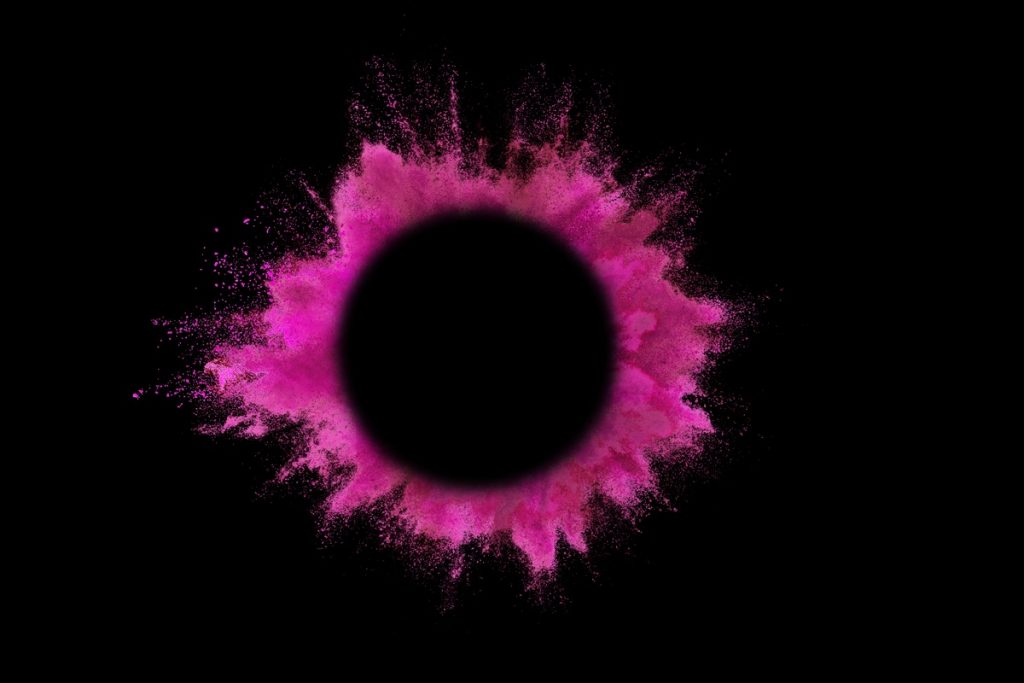
A circle is an age-old symbol depicted in various cultures throughout history.
In shamanism, the interpretation of its meaning varies extensively.
In Native American culture, a circle embodies nature’s cycles, life, and death. But it’s not confined. A circle contains immense energy, reshaping the very fabric of time and space.
A shaman can paint or draw a circle to create an environment for spiritual growth.
More precisely, a circle cultivates balance and harmony during rituals and practices.
A circle is a symbol as old as time itself, ancient and tribal. Even today, it remains an essential part of our daily lives. You see it wherever you go. It’s harder to fail to notice it.
In shamanism, a circle is often used to elevate spiritual energies and vibrations, helping people break free from a life of material pursuit and embrace freedom and growth.
However, a circle can be depicted in numerous ways or interwoven with other symbols. For example – a cross circle. Sometimes, they are adorned with rich and intricate patterns.
A circle remains timeless in any form, embodying the ebb and flow of cycles, endings, and beginnings. It’s the beginning point and also the end – the alpha and omega of all things.
4. Spiral Sun

Speaking of circles, the spiral sun stands out as a powerful Native American symbol.
Here, the sun’s energy intertwines with the ever-flowing nature of a spiral.
Shamans use the spiral sun to symbolize the journey of the soul – its growth. When used during a ritual or ceremony, shamans invoke the life-giving, soul-enriching sun’s glow.
In a way, it’s a transformative symbol that can initiate and support an awakening.
The curves of the spiraling sun can be interpreted as a self-reflective journey into the soul where each step forward further illuminates the darkness and reveals meaningful truths.
However, the spiral sun is also one of the more potent healing symbols.
The sun’s energy courses throughout the symbol, imbuing life into its surroundings.
In shamanic healing rituals, you may see this life-giving sign helping soothe the mind, balance the chakras, and promote peace. Because of its potency, it’s commonly used.
The spiral sun is one of those signs that can be interpreted in numerous ways. Hence, many cultures utilize it to tap into the sun’s energies, creating room for self-growth.
5. North Star

Shamans draw the North Star when needing guidance and direction in life. Not just for themselves – but for others, too. Each shaman has a responsibility to guide and inspire.
Drawing the North Star invokes old, sacred energy that often provides crucial insights.
It’s one of many ways by which shamans access the spiritual realm.
Anyone can do it – but it’s a matter of continuous training and dedication.
Therefore, the North Star is a compass that can help you navigate the spirit world.
However, it’s also a source of continuous inspiration – a reminder to remain focused. The constant presence of the North Star reminds us to stay determined and maintain course.
It’s a sign to keep going no matter the challenges we face.
A shaman may use the North Star to help people find their way and purpose.
When you’re in the darkness, you need the light. And for many, that’s the North Star – encouraging you to trust your intuition, brave the unknown, and find your true path.
The North Star brims with purpose and urges people to embrace it.
Shamans utilize it to help people reach a higher, more elevated state of mind.
6. The Moon
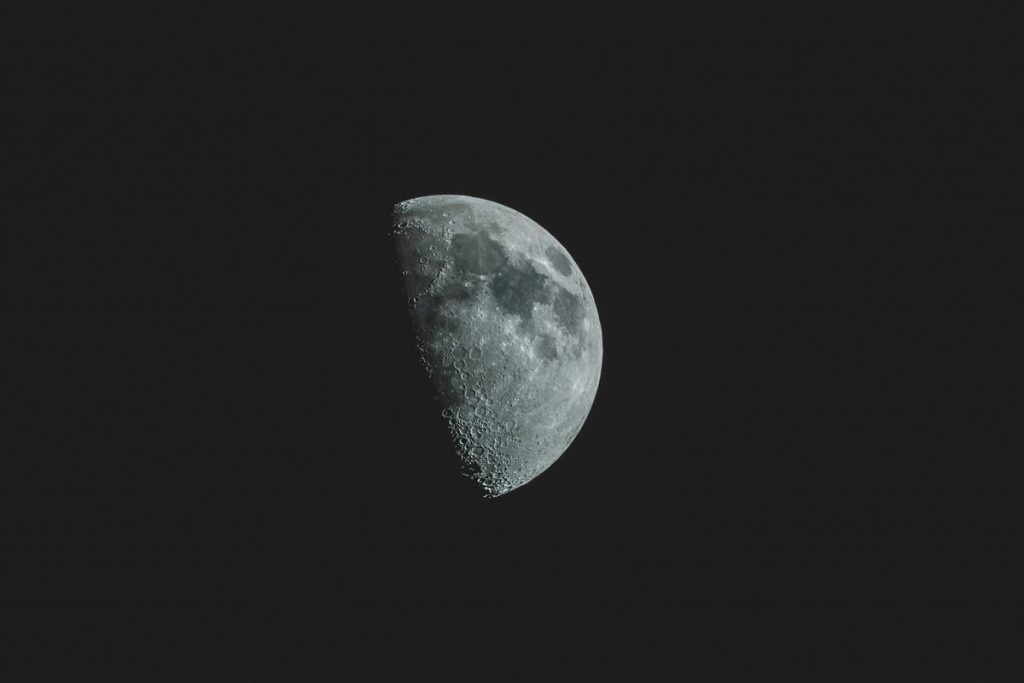
We can’t mention the sun and fail to recognize the moon as a powerful shamanic symbol.
The moon is an ever-present force in our lives. It’s highly spiritual and life-altering.
Tapping into its power intensifies the voice within and enhances intuition.
Shamans draw the moon to help people follow their hearts and find their souls. With the moon’s help, they can unravel a person’s potential and reveal previously unknown gifts.
However, the moon’s symbolism varies from culture to culture – and how it’s portrayed.
For example, the crescent moon is a sign of new beginnings. As a symbol of growth, rebirth, and transformation, it helps you sustain balance and harmony as you evolve.
Combining the moon’s symbol with the wolf can create a powerful spiritual cohesion.
Most shamans utilize multiple symbols to get the most out of them.
Knowing how they interact and symbolize with each other can make a huge difference.
The moon is harmonious and often used during healing rituals and practices, protecting people from negative energies by sustaining inner peace and ensuring clarity and wisdom.
The symbol allows shamans to highlight the importance of emotions, too.
Since the moon is highly sensitive, its energies can balance the ebb and flow of emotions.
7. Water

Water is one of the primal sources of inspiration for shamanic symbolism, and rightly so – it’s the wellspring of life itself. Even today, the symbol persists, timeless and enduring.
What does water symbolize in shamanism, though? Why do shamans utilize the symbol?
First things first: it’s a very versatile symbol, making it challenging to narrow down.
However, water is often depicted as a persistent spiritual force, indicating the flow of life and its unstopping nature. That being said, it’s also a sign of emotional health and growth.
Not to mention that water currents relate to energy and potential.
It’s a journey, really. The symbol of water marks the beginning and the end – like a circle.
It can mean the death of the old and the birth of the new – an awakening.
However, water is also a natural cleanser and a source of immense healing energy.
Because of that, it’s not only shamans that use it – but holistic healers, too.
Healers ward off negative energies and heal the body, mind, and soul with this sign.
The symbol brims with life, fostering a healthy connection with higher powers.
8. Drum
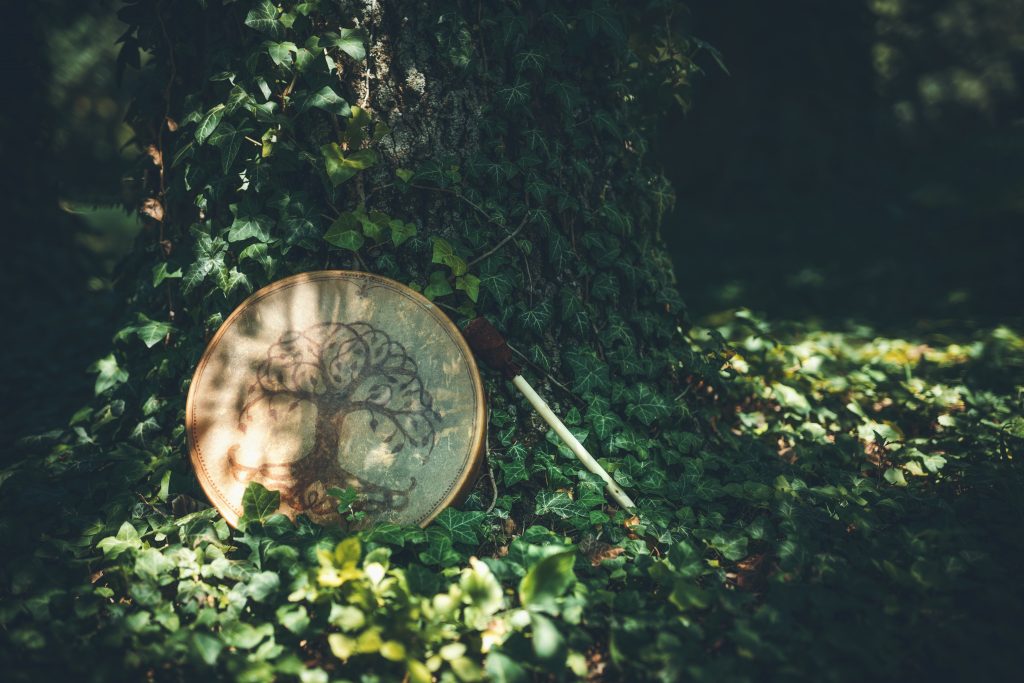
A drum isn’t just played but drawn and painted, too. Instruments are crucial in shamanic rituals, trials, practices, ceremonies, and celebrations. But the drum takes center stage.
Across cultures and traditions, the drum remains a cherished instrument for shamans.
Therefore, it’s unsurprising that shamans have elevated it to a symbolic status.
What does the symbol mean, though? Where does its power lie?
The beating of the drum mirrors Earth’s heartbeat, thinning the veil between the two contrasting worlds – the material and the spiritual realm. The drum can open the soul.
Shamans often play drums to help people enter a trance-like state of mind.
The symbol acts as a conduit for these sacred energies, creating a path to a higher state of consciousness. The energy resonates with the universe, opening portals into the unknown.
The echoes of drums create a truly unique and mesmerizing shamanic ceremony.
Even the most doubtful people can’t resist being moved by the enchanting rhythm.
So, it’s no wonder why drums – and other instruments – are highly symbolic.
9. Eye
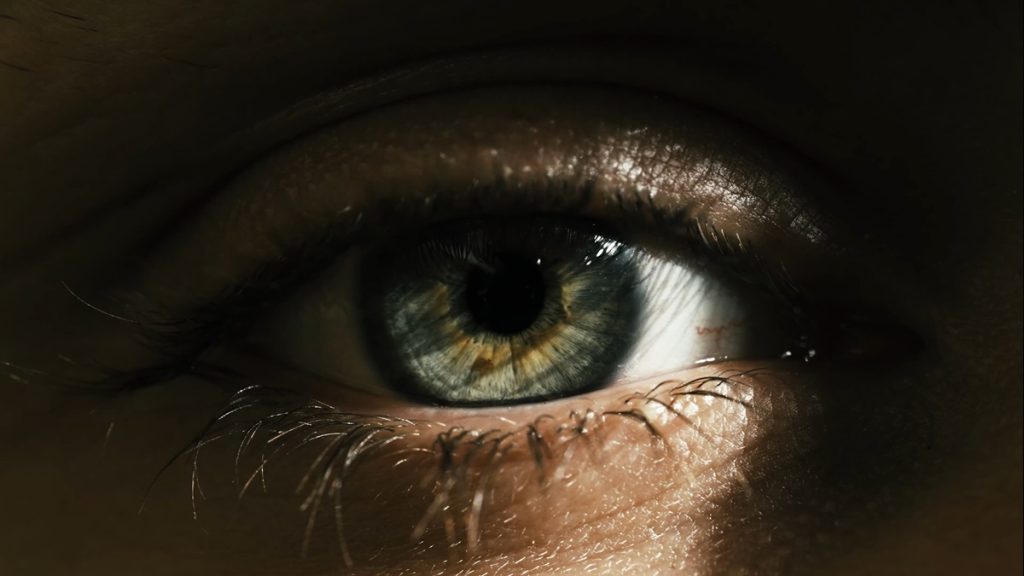
Shamanism involves transcending boundaries, surpassing limitations, and nurturing the evolution of the soul. Therefore, it serves as an irreplaceable symbol of transcendence.
The eye embodies the meaning of seeing – truly seeing beyond the ordinary.
With this symbol, shamans break free from the confines of our limited perception.
More than that, they paint the eye in unique ways to assist others in recognizing the truth of their existence and transcending the crushing limitations imposed by the physical realm.
An eye is a well-recognized symbol beyond the boundaries of shamanism.
However, shamans employ this symbol because it embodies heightened awareness.
Seeing it reminds us to stay curious and open-minded. And to seek the truth.
In a way, it’s a gateway to a higher perception and awareness – to awakening.
A shaman may also utilize it to gain access into realms and worlds otherwise distant and unreachable, finding divine guidance and wisdom to help and elevate their community.
10. Snake

A snake is not only symbolized in shamanism – but revered and respected.
Therefore, a snake is associated with various spiritual energies, patterns, and lessons.
For example, the symbol of a snake indicates letting go of the past in certain cultures.
In other words, it’s a sign to embrace the new, shed the old, and move forward.
A shaman may draw the snake to utilize its energy to help people transcend the ego.
Before a person can reach an enlightened state of mind – the ego has to surrender. However, that’s easier said than done. So, shamans use all the help they can get through symbolism.
A snake isn’t just a sign of change – but transformation. And those are very different.
Transforming means undergoing a profound alteration and transcending limitations. It’s more personal. Change is inevitable, but transformation is something you need to decide.
In Conclusion

Shaman symbols range from abstract forms to animal and plant shapes.
The world of symbolism in shamanism takes you on a rich historical journey.
You can discover how different cultures and shamans used various symbols – and to what effect and purpose. In doing so, you can learn from them and use them for your journey.
Each shamanic symbol expands your perception and deepens your understanding.
Although it’s impossible to cover each shamanic culture and all their symbolism – hopefully, this guide has helped you learn more about them and what they signify.

Painting and writing – these are two passions that I have been perfecting for a decade. I’m passionate about exploring the connections between the stars and numbers. Through insightful articles you can learn how these ancient practices can offer guidance, clarity, and self-discovery.


Shamanism Symbol: Meanings and Cultural Significance 2024
Tuesday 16th of July 2024
[…] central symbol is the Tree of Life, connecting heaven, earth, and the underworld. This symbol is often used in rituals to bridge […]